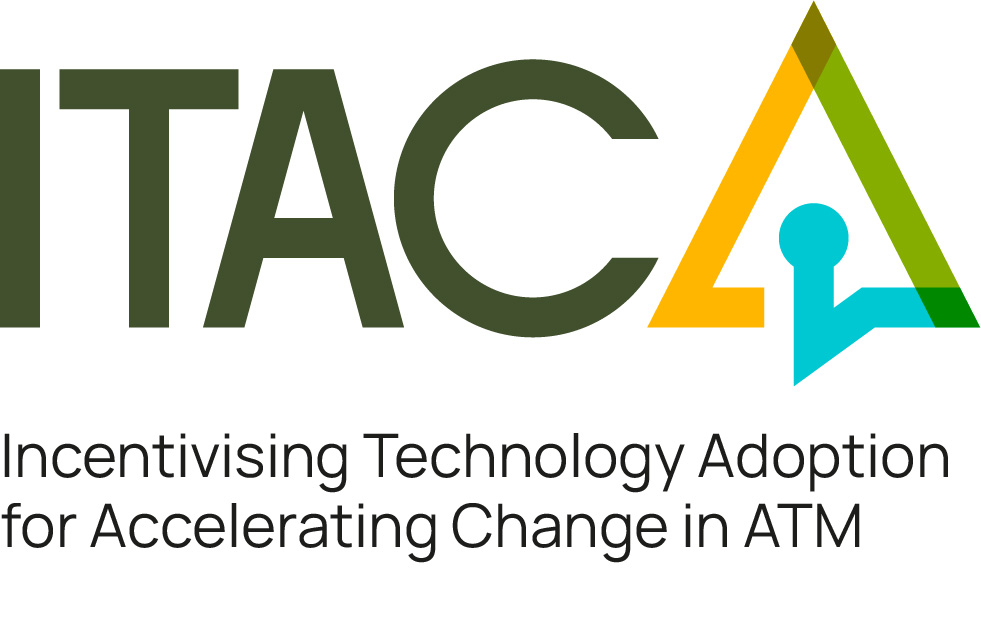Air traffic control’s strong safety record brings with it a cautious approach to the deployment of new technology. Yet leveraging the latest digital technologies to increase the level of automation, cyber-secure data sharing and connectivity can enable the industry to become more scalable and agile while maintaining today’s safety levels.
In response to this need, ITACA set out to accelerate the development, adoption, and deployment of new technologies in airspace management. The research considered barriers and levels of technology adoption as well as potential policy measures to accelerate the process. This led to the development of a new set of methodologies and tools that enable the rigorous and comprehensive assessment of policies and regulations aimed at amplifying the uptake of new technologies.
ITACA identified the main levers and barriers for airspace management technology adoption based on a combination of literature review, interviews, and economic models. The research combined industrial organization theories with behavioral economics to develop an agent-based model that simulates the behavior of the European air traffic management system. It used gaming experiments and participatory simulations to establish a methodology for the calibration and validation of the ITACA agent-based model and assessed a set of policies aimed at fostering the adoption of new technologies.
The policies were benchmarked in three different case studies, which found that policies such as cost-plus pricing can deliver considerable benefits. However, no individual policy outperformed the others across all the areas included in the performance assessment, while the combination of economic incentives (e.g., cost-plus pricing, subsidies) and enforcement through mandates provided the best results on the economic and operational sides.
ITACA developed a new policy assessment framework that provides evidence-based recommendations on policy approaches to facilitate technology uptake in ATM, hence contributing to all SESAR key performance areas in a transversal manner and ultimately to the achievement of the European ATM Master Plan performance ambitions.
Benefits
- Better understanding of the mechanisms to accelerate change in ATM
- Evidence-based advice on the most adequate policy approaches to facilitate technology uptake
- Accelerate the development and deployment of new technologies better fitting stakeholder needs




